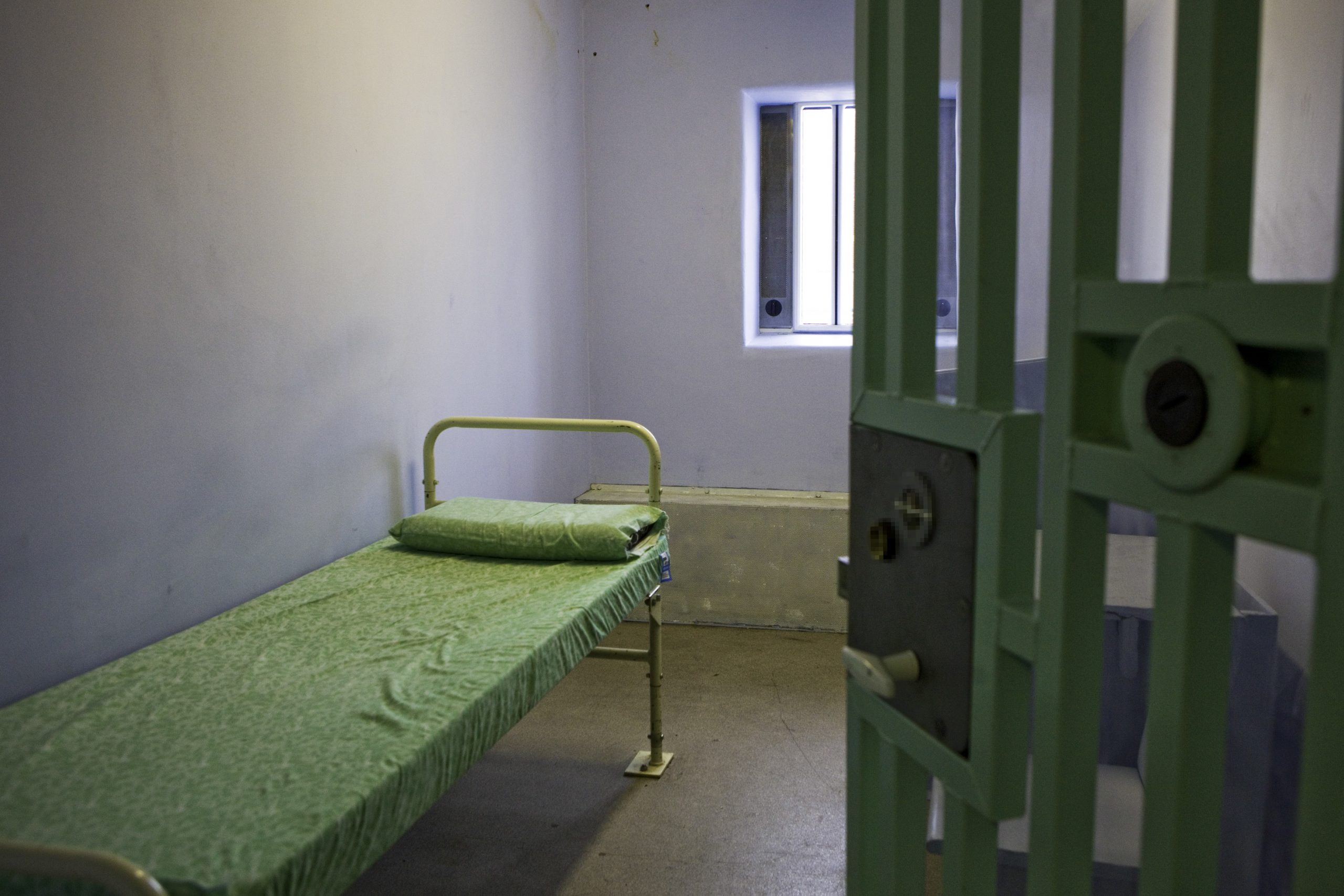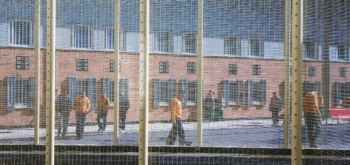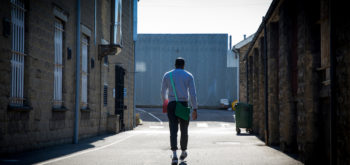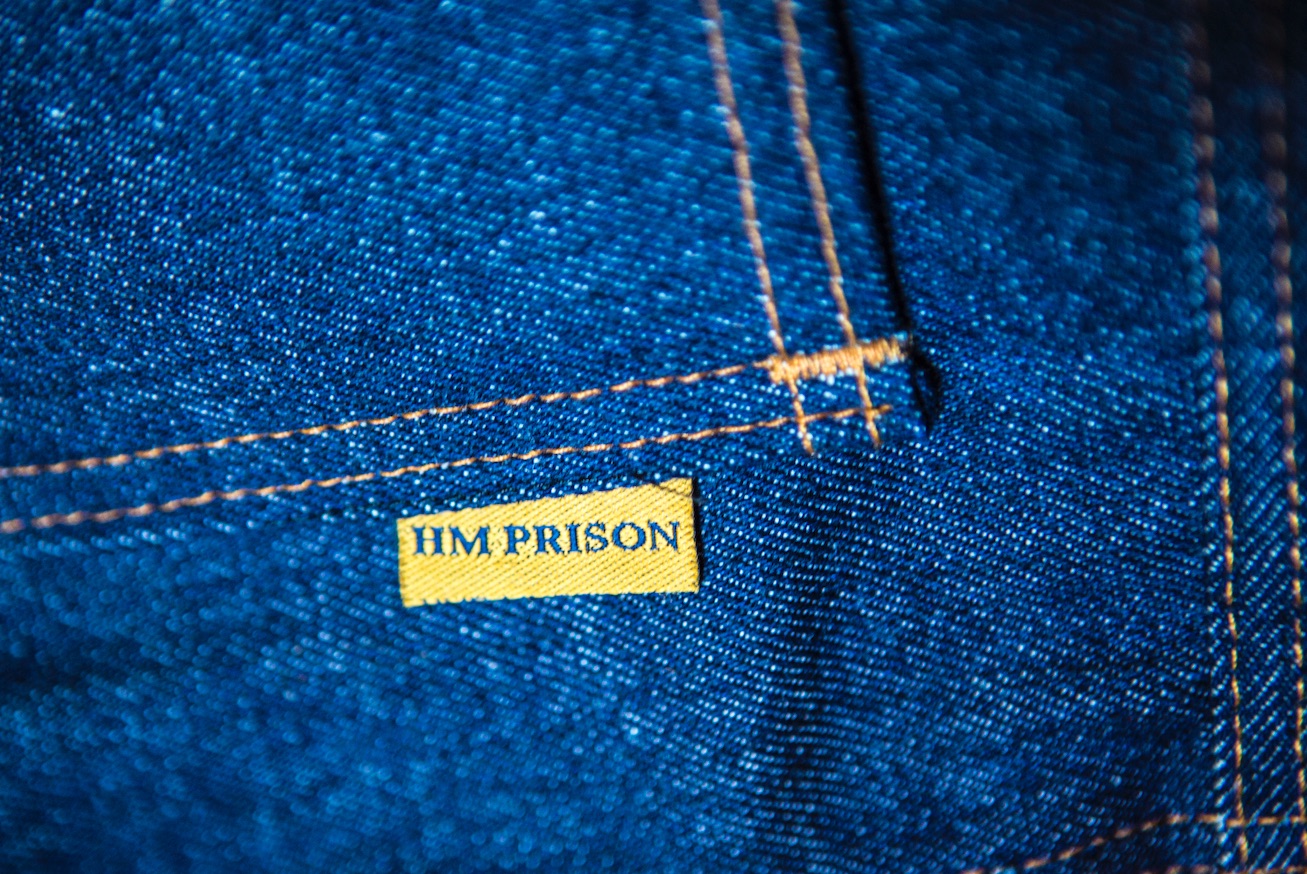When prison means life: Child lifers and the pains of imprisonment
The experiences of children in prison have failed to create the kind of scandal which might be expected in a modern, progressive and civilised society. Children are some of the most vulnerable members of our society, yet there seems to be both public and political acceptance of their incarceration, despite mounting evidence of its terribly harmful effects. Although the number of children in prison has fallen enormously since 2007, there are still more than 800 children in prison, of which 42 are under the age of 14. We also need to situate this also within the context of social backgrounds of the children we imprison. More than four out of 10 (43% of children in prison are from BAME backgrounds (which is a significant rise in BAME child prisoners in 2007 when it was 24% and significant numbers of children in custody have drug problems, learning difficulties, mental health problems and have witnessed or experienced physical or sexual violence. Whereas only 10% of children in care end up going to University, 50% of children in prison have previously experienced the care system.
- Dr David Scott spoke at JENGbA’s relaunch at the House of Commons last week (see here).
Child Life Sentences
A child prisoner includes children who are held in Secure Children Homes; Secure Training Centres and Young Offender Institutions (the later hold around 70% of all children in custody). When talking about when prison means life for children I mean two things:
- First, any sentence which authorises the detention of a child potentially encompassing the rest of their natural life (including sentences of ‘detention for public protection’ and ‘detention at Her Majesty’s pleasure’);
- Second, when a child loses their life after being given a prison sentence. Here sentence length is irrelevant as the point is that their imprisonment has actually brought an end to their natural life.
According to the most recent MoJ statistics the following life sentences have been handed down to people under the age of 18 by year in England and Wales:
Table 1: Child Life Sentences
|
Year |
Child Life Sentences |
| 2006 | 19 |
| 2007 | 26 |
| 2008 | 25 |
| 2009 | 23 |
| 2010 | 19 |
| 2011 | 15 |
| 2012 | 14 |
| 2013 | 13 |
| 2014 | 21 |
| 2015 | 14 |
| 2016 | 8 |
| TOTAL | 197 |
From 2006 – 2016, 197 child life sentences were handed down. The average age of the person at the time of sentencing is 16 years, but life sentences have been handed down in this period to children as young as 13.
The main life sentence for children is ‘detention during Her Majesty’s pleasure’ (DHMP) but from 2004-2012 290 children were also sentenced to ‘detention for public protection’ (which were sentences for ‘dangerous offenders’, Criminal Justice Act 2003 Ch. 5). Although this sentence was effectively abolished in 2012 with the Legal Aid Sentencing and Punishment of Offenders Act 2012 a number of those sentenced are still in prison Although the government is not at that time able to identify the exact number of child lifers, the Children Rights International Network (CRIN, 2015) estimate that the figure serving at Her Majesty’s pleasure or other sentence over 14 years in duration is around 400.
Despite the fall in the number of children in custody England and Wales still has the highest incarceration rate for children in Western Europe. It also stands virtually alone in the use of child life sentences. Of the 28 different countries in the European Union, life imprisonment for children has been abolished in 22. Two children have been sentenced to life imprisonment in France in the last 25 years and one In Ireland. There are currently two children serving life imprisonment outside of the United Kingdom in the EU today.
Reducing culpability
The original meaning of detention at ‘Her Majesty’s Pleasure’ was first introduced with the Trial of Lunatics Act of 1800. Yet at the time detention ‘Her Majesty’s Pleasure’ was not to be a place of punishment but intended as a place of safety for those considered ‘insane’. With the Children Act of 1908 – which abolished capital punishment for children – detention at ‘Her Majesty’s Pleasure’ was introduced for children aged 10-16. The term was adopted to imply that children had a reduced degree of culpability for murder and that they should not bear full responsibility for their actions. It indicated that it would not be appropriate to impose a life sentence on children. It was only in 1983 that the then Home Secretary explicitly linked detention at Her Majesty’s Pleasure with the mandatory sentence of adult life imprisonment.
Further, in most of the countries within the European Union the minimum age of criminal responsibility is 14 . For children in England and Wales it is 10. Yet whereas on the one hand children are held legally responsible for their actions from the age of 10, bizarrely, under the Pet Animals Act 1951, children under 12 are not deemed legally entitled to buy a pet. Indeed, in most instances we as a society recognise we should treat children very differently to adults.
Without doubt, we should like our historical forbearers and many of European neighbours and consider life sentence for children as a form of ‘inhuman and degrading treatment’ and totally unsuitable for a civilised society. Life sentences for children cannot be justified
When Prison Takes Life
The regimes experienced by child prisoners as one of deliberate harm which leads to thousands of children being physically, psychologically and emotionally damaged every year.
Indeed, child prisons are places of suffering, violence and death.
According to data from INQUEST 78 people under 21 took their own lives in child prisons between 2007-2017 and in total 318 young people under the age of 21 have died in penal custody between 1990-2017.

Coping with prison life is a tenuous, relative and fluid concept that ebbs and flows over time. The real pains of imprisonment are to be found in the denial of personal autonomy, feelings of time consciousness, and the lack of an effective vocabulary to express the hardship of watching life waste away. It is also clear that custody is experienced differently by young people. Young people are emotionally vulnerable and more likely to find the loss of personal relationships on the outside harder to cope with than adults. It has long been noted how suicidal ideation is heavily influenced by the nature of responses by significant others and the ‘end of hope’. Young people also have less life experience on which to rely to help to deal with problems associated with prison life, or to manage a suicidal impulse when things are looking bleak and hopeless.
Where do we go from here?
I would therefore like to make the following three brief conclusions
- Immediately abolish life imprisonment for children and look to house children who do series wrongs in places of genuine care and safety;
- Raise the minimum age of criminal responsibility immediately to 14 so that we match most other European Union Countries and call for an independent review to explore the possibility of raising this to 16 as soon as possible; and
- Recognise that the pains of imprisonment are potentially deadly for children, and therefore we need to think again about what we mean by child prison as a ‘last resort’.







